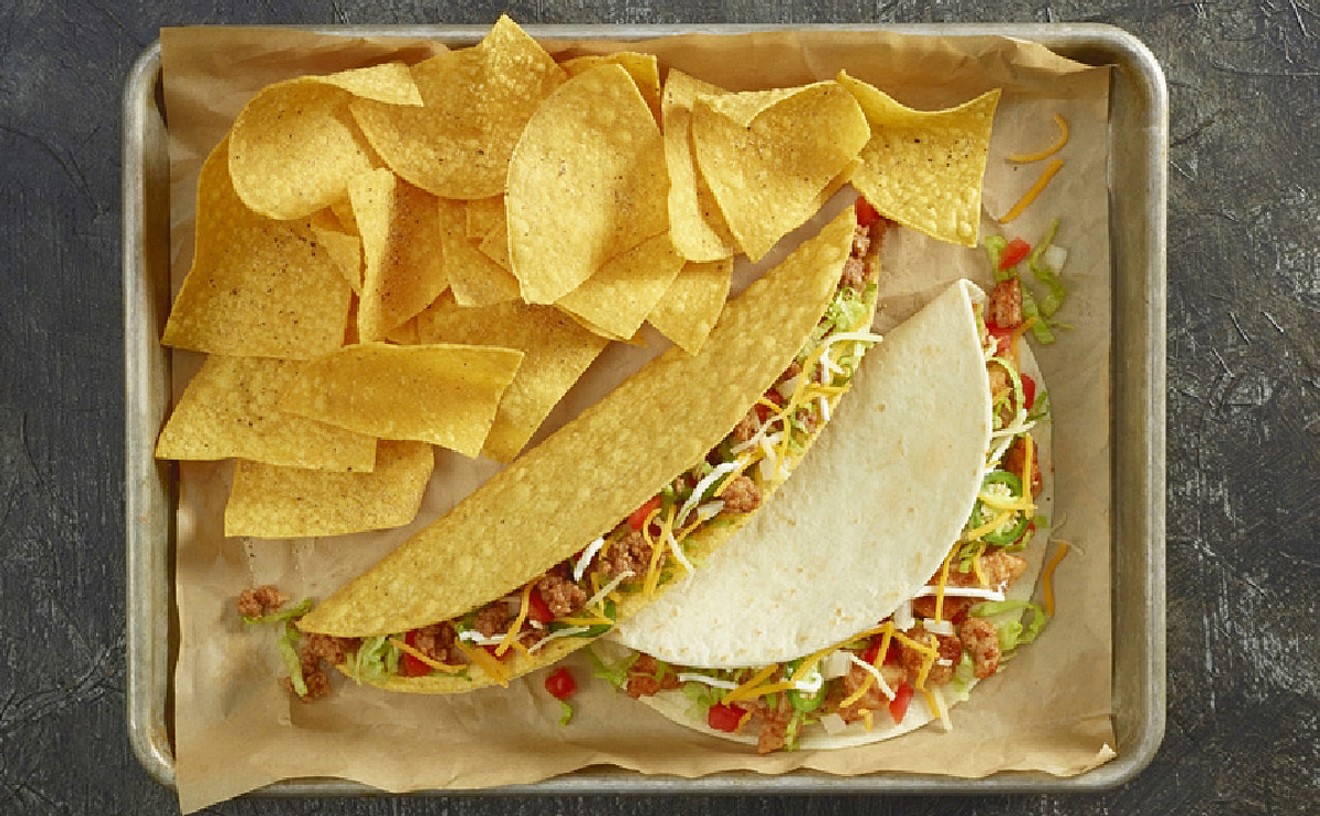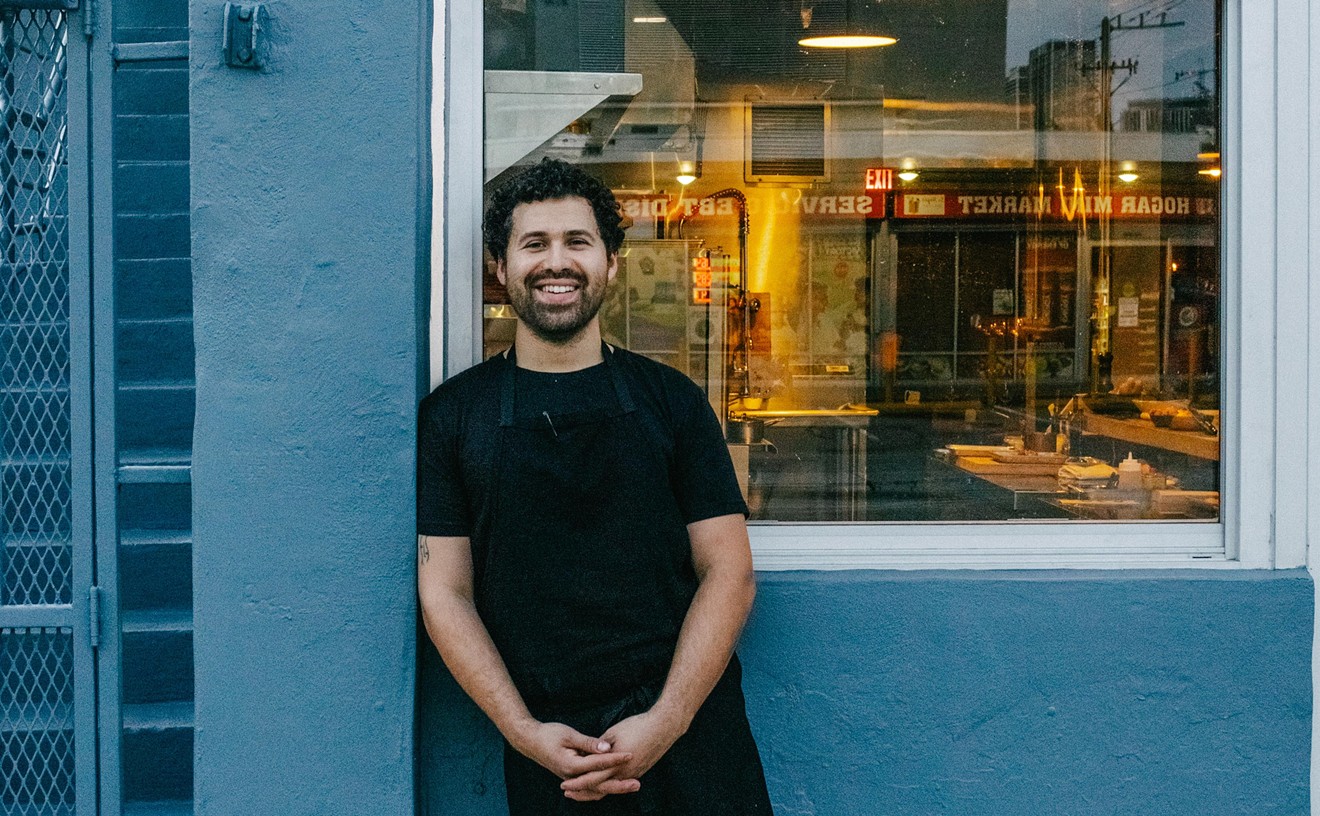A piece of jawbone first unearthed from a cave in England in 1927 was discovered last week to be 44,000 years old, providing evidence that modern humans existed in Europe thousands of years earlier than previously thought. This dating also confirmed the contested theory that early humans co-existed with Neanderthals.
Being obsessed with food, we immediately started wondering what these ancient people would have eaten.
Their lifestyles are supposedly what the modern "caveman," "paleo," or "primal" diets are modeled after. Essential to these diets are grass-fed meats, fish, vegetables, fruits, roots, and nuts. Excluded are grains, legumes, dairy, salt, refined sugar, and processed oils.
But how accurate are these attempts at ancient diet reproductions? What were ancient humans really eating 44,000 years ago, and were their diets superior to our modern food habits?
For a truly unbiased opinion (and a dry wit) we turned to University of Miami's Dr. Linda L. Taylor, an associate professor of anthropology who specializes in the study of kinship and social structure in primates.
Taylor says much of ancient humans' diets are impossible to reconstruct because these roving people were on the move 75 percent of the time they were eating. "They didn't bring the food back to a specific place. They didn't leave any remains. You throw out a pear, you're not going to find it."
Also, what was available proves nothing about what these people ate, she says. "The UM campus is loaded with edible plants," she says. "And none of my students graze."
Touché.
What she can say is that human diets 44,000 years ago were more diverse than ours today. They ate a lot of plant material, and animal meat as well.
"But none of this stuff was domesticated. So the game they were eating, the wild cattle was very lean compared to domesticated cattle," she says.
Today, of course, all of our readily available meats are farm-raised, making it extremely hard to adhere to a truly "primal" diet.
The plant side of the caveman diet is equally difficult to mimic in today's world. Sugar composition is much higher in our modern produce, Taylor says.
"[Forty-four thousand years ago], there were no domesticated plants of any kind. None. So when you breed a plant, you breed it to produce a lot of sugar and carbohydrates," she says.
Ancient humans cooked, Taylor says, and cooking had advantages with both vegetable and meat consumption -- they were able to absorb more of the food's actual nutrition. And cavemen saw other benefits to primitive barbecuing.
"They smoked meat to make it last longer and so that it was portable." But ten millenia ago, humans began the practice of agriculture. So the differences in plants and livestock today is immense. "It involves 10,000 years of selective breeding," she says.
She looks at modern primal diets mainly as a way for people to reduce the amount of refined carbohydrates and processed foods in their diets -- not as a way of really copying the caveman's way of life.
But if they wanted to, would it be at all possible for modern humans to emulate primitive humans' diets?
"You can try it. If you want to eat the primal diet, you have to eat rabbit," she says. "You have to eat things that most North Americans do not eat. No chicken. Lots of cold water fish. If you go to Sustain Restaurant, for example, you can have antelope. It's on the menu. Or you can eat emu and ostrich. Buffalo. In New Zealand there is a lot of elk. You have to eat game meats, and non-domesticated, usually non-root vegetables. No modern, high-sugar fruit. No watermelon. No apples. None of that stuff.&
As far as the theory behind primal diets - that grains, dairy, and processed foods are bad for us because our bodies are still adapted to primitive food sources, Taylor isn't buying it.
"Put that on your flowerbed. It'll make your flowers grow nice and tall," she says. "One of the things that characterizes the human lineage is the fact that we're generalists. We have a short, simple, gut tract. We're designed to take advantage of every opportunity that comes our way.
"So it's not our guts [that are to blame for overweight] so much as our brains," Taylor says. "In other words, we always have a tendency to eat too much instead of too little. [The modern Paleo diet] is an oversimplification, just like people who say we're supposed to be vegetarians, and we're not."
Oh snap, did she just club all popular diet theories over the head?
Follow Short Order on Facebook and Twitter @Short_Order.










